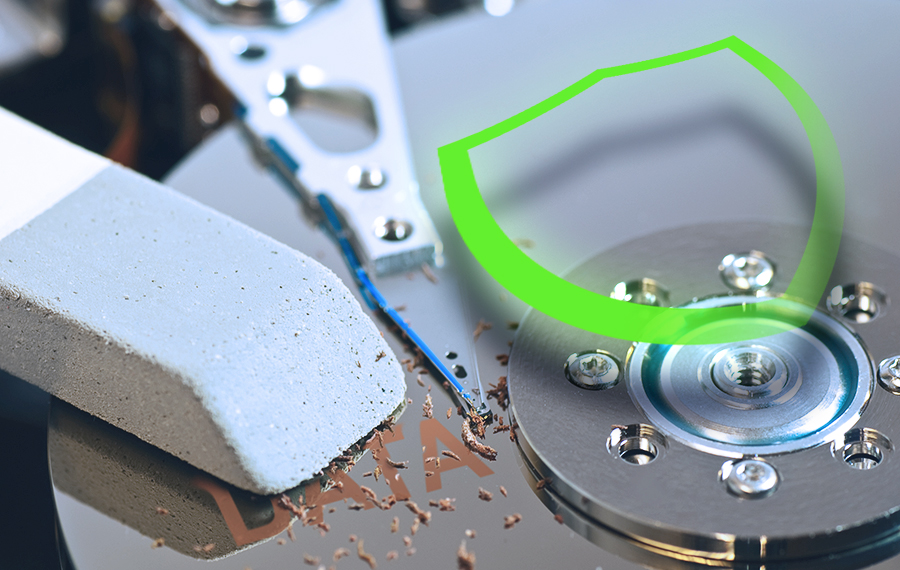As manufacturers, ITADs and VARS now know, the upcoming “Right to Repair” executive order will open up options for the repair of electronics and equipment. PC Magazine states, “…would require tech companies to make repair information, parts, and tools available to consumers and third-party repair shops.”
From Bloomberg News, “The executive order, which is expected to be released in the coming days, is broadly designed to drive “greater competition in the economy, in service of lower prices for American families and higher wages for American workers,” White House economic adviser Brian Deese said Friday.”
With lower cost and broader options for fixing IT equipment, resale (remarketing) opportunities and lengthier redeployment life will reduce overall IT costs. In other words, planned obsolescence has moved back on the calendar.
Data destruction is more important than ever
Before you resell or redeploy tablets, computers, laptops, printers, copiers, scanners, kiosks or virtually any IT equipment, erasing the hard drive will ensure that the data, documents and software that was on it…don’t get passed along.
Removal of the hard drive altogether for either shredding or degaussing is the ultimate data killer and reassurer. With the nominal cost of a replacement hard drive, a blank new hard drive (or upgraded solid state drive) completely erases the risk of a downstream IT data leak.
Understand where the data is
With a longer lifespan, it’s more important than ever to know where proprietary and personal data are stored. This handy checklist: 30 common places your company data is stored (and waiting for a breach) can bolster your IT asset management plan so that aging equipment isn’t forgotten as employee turnover, knowledge and responsibilities change. The list includes the obvious memory devices like laptops and servers but there are a few types of office equipment but aren’t often included as part of the official data destruction plan (because everyone forgets these too have hard drives that may have important documents stored on them) like copiers, printers, kiosks, and point of sale (POS) devices.
A longer asset lifecycle impacts your IT budget
With possibly extended refresh cycles positively affecting IT acquisition budgets, don’t forget to now include (at least rudimentary) maintenance and repairs. And a line item for data destruction. Data destruction – shredding, sanitization, degaussing – typically falls at the end-of-life stage. As IT equipment gets passed through more departments and various levels of confidentiality as a result of the FTC Right to Repair ruling, budget for multiple rounds of data wiping or total destruction to reduce risk of a data breach. Some helpful tips on how to Budget for Data Destruction and Data Center Decommissioning are here.
As nationwide data destruction experts, we’re happy to advise you on best practices to ensure that you get the most out of your equipment without putting you or your company in jeopardy. Reach out to us with any questions about data destruction pricing, options or customized services.



